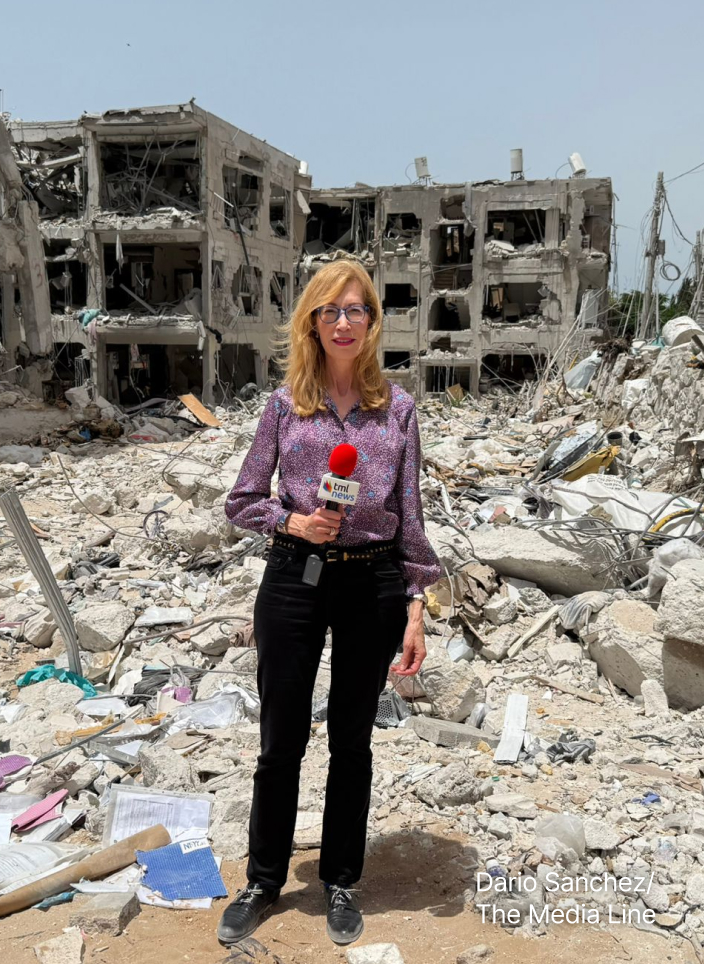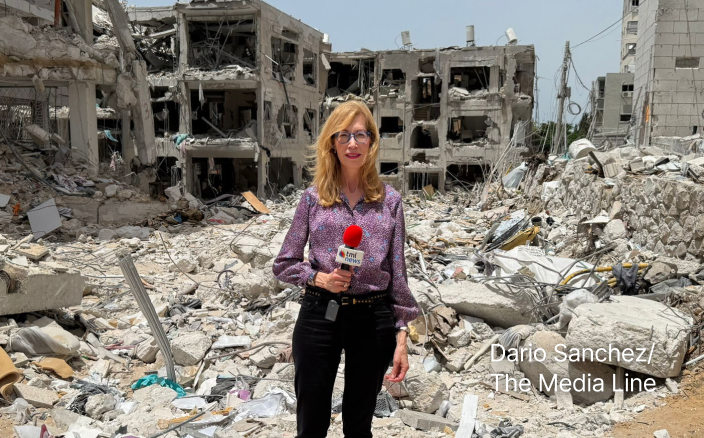Millions of Muslims are heading to Saudi Arabia for the Hajj, the annual pilgrimage to Mecca. About 2.6 million pilgrims are expected to converge on Mecca in the first year since 2019 without coronavirus restrictions on the pilgrimage.
In the midst of a sluggish global economy, attending the Hajj comes at a high cost.
For pilgrims, the Hajj is a once-in-a-lifetime experience, fulfilling one of the five pillars of Islam. In 2019, about 2.5 million people took part in Hajj rituals, which include circling the Kaaba, the stone building at the center of the Grand Mosque of Mecca; praying at Mount Arafat; and throwing pebbles in the city of Mina to symbolize the “stoning of the devil.”
For Saudi Arabia, the Hajj is an opportunity to jump-start the economy of the kingdom’s holy cities.
According to Mastercard’s latest Global Destination Cities Index, Mecca attracted $20 billion in tourist spending in 2018, second only to Dubai.
Pilgrims to Mecca on the Hajj or the Umrah, a non-obligatory pilgrimage that can take place at any time of year, pay between $4,000 and $15,000 for the experience.
Many Muslims embarking on this year’s Hajj are complaining of the rapidly increasing cost. Some say that the religious obligation has become inaccessible.
Egyptians traveling to Mecca this year will pay almost double what they paid last year as the Hajj hits its highest cost in Egypt’s history. A Hajj package from Egypt costs between $5,000 and $9,000, a price that is out of reach for the majority of Egyptians.
Saudi Arabia set a quota of 72,000 Hajj visas from Egypt for 2023, but only 32,000 Egyptians ended up securing a visa. That gap highlights the difficulties Egyptians face in securing funds to set out on the pilgrimage.
She has to wait a little longer. We couldn’t afford to pay for the two of us to be here at the same time.
Speaking from Medina, the second-holiest city in Islam after Mecca, Cairo resident Mohammad Amin told The Media Line that he was on the Hajj without his wife because buying two Hajj packages in one year was financially infeasible.
“She has to wait a little longer,” he said. “We couldn’t afford to pay for the two of us to be here at the same time.”
Give the gift of hope
We practice what we preach:
accurate, fearless journalism. But we can't do it alone.
- On the ground in Gaza, Syria, Israel, Egypt, Pakistan, and more
- Our program trained more than 100 journalists
- Calling out fake news and reporting real facts
- On the ground in Gaza, Syria, Israel, Egypt, Pakistan, and more
- Our program trained more than 100 journalists
- Calling out fake news and reporting real facts
Join us.
Support The Media Line. Save democracy.


Worshipers from other Muslim countries shared similar concerns.
Embarking on the Hajj by land from Jordan costs about $4,000. According to Jordan’s Ministry of Endowments and Islamic Affairs, that price covers an economy package in a shared four-person room.
A “distinguished” package from Jordan costs between $7,000 and $12,000.
Thank God I was able to be here. I know others want to come and they couldn’t afford it. It’s all worth it. We just have to pace ourselves and take good care.
Rebhi Khalaf, a 65-year-old retired Jordanian bus driver, signed up for the cheaper package with his wife Ruqia.
“We had no other choice but to take the bus to get to the holy land,” he told The Media Line. “If I wait, most likely the cost will increase.”
In order to afford the Hajj, Khalaf is staying at a hotel more than a mile away from the Grand Mosque of Mecca. Despite the distance and the heat, he will travel to the Grand Mosque for the five daily prayers.
“Thank God I was able to be here,” Khalaf said. “I know others want to come and they couldn’t afford it. It’s all worth it. We just have to pace ourselves and take good care.”
The financial burden of the Hajj is especially acute for Lebanese Muslims. Lebanon has been facing a dire financial crisis since 2019, and 80% of the country’s population lives in poverty.
Some Palestinian Muslims from the West Bank say they have given up their dreams of completing the Hajj.
West Bank Palestinian Hasan Moti told The Media Line that he has waited all his life to embark on the pilgrimage, but that the $4,000 cost seems unachievable.
Moti earns only 2,500 shekels ($690) every month. “I have a family to take care of and my salary is barely enough to do that,” he said.
For Palestinian citizens of Israel as well, the price of the Hajj has gone up.
Attending the Hajj cost Palestinian citizens of Israel an average of $7,400 in 2019. This year, it costs an average of $8,000.
Abed Kashkosh, a Palestinian from the central Israeli city of Qalansawe, said that the pilgrimage will cost him and his wife a total of $22,000.
“We were planning on buying gifts for my family and friends,” Kashkosh said. “We are now shortening the list to just the grandchildren.”
Promoting Hajj tourism is part of Saudi Crown Prince Mohammad bin Salam’s plan to diversify Saudi Arabia’s economy, which is currently reliant almost entirely on oil.
Another aspect of the strategic project is building Neom, a technologically advanced megacity on the Red Sea with a planned budget of more than $500 billion.
Compared to this futuristic plan, promoting Hajj tourism seems quaint. But the annual flow of millions of Muslims to Mecca and Medina generates billions of dollars for Saudi Arabia.
Soon after King Salman came to power in 2015, his government launched a $21 billion project to expand the Grand Mosque of Mecca to accommodate an additional 300,000 worshippers.